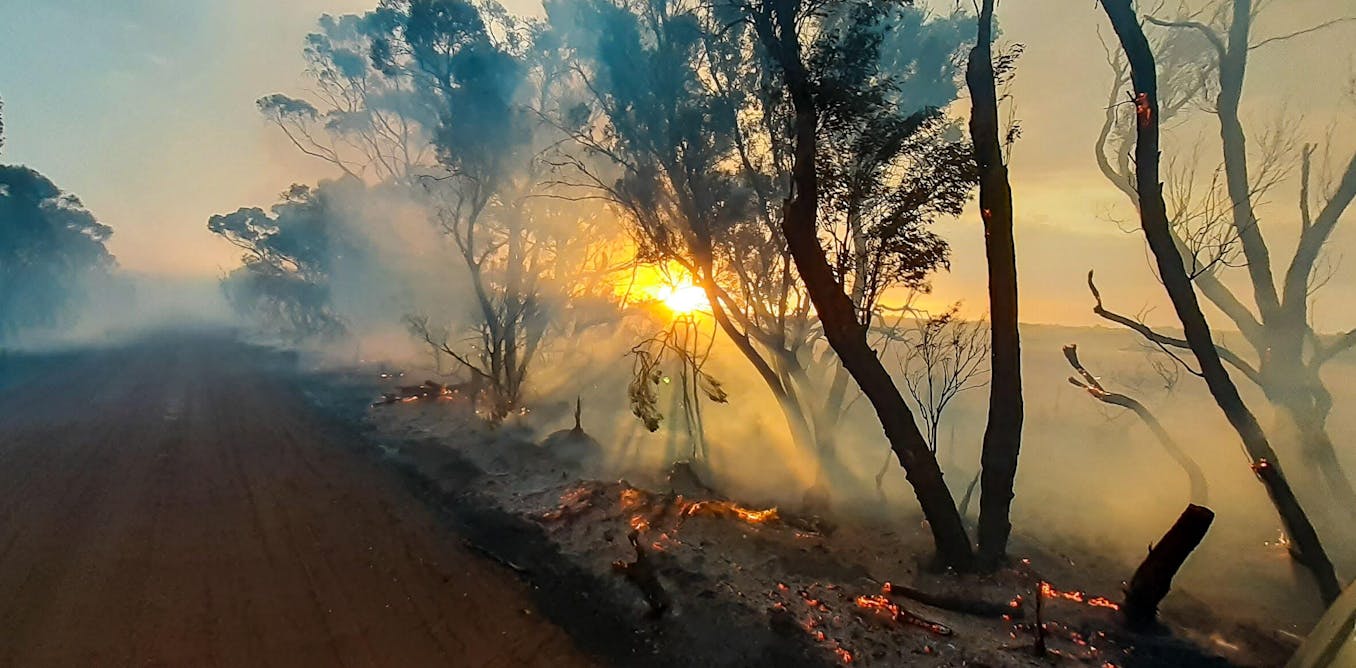Unlocking the Keys of Bushfire Risk Analysis: The Role of a BAL Report
Unlocking the Keys of Bushfire Risk Analysis: The Role of a BAL Report
Blog Article
Ensuring Bush Fire Protection Via Proper BAL Record Evaluation
In the realm of bush fire defense, the thorough evaluation of Bushfire Attack Level (BAL) reports stands as a cornerstone for securing buildings versus the damaging influence of wildfires. With ecological variables and home qualities playing considerable functions in identifying the level of risk, a thorough understanding of BAL ratings becomes essential.
Understanding Bushfire Attack Level (BAL)
In the world of bushfire security, comprehending the Bushfire Strike Level (BAL) is paramount for making certain reliable reduction approaches. Understanding the BAL score of a residential property is essential for residential or commercial property proprietors, policymakers, and builders to apply suitable measures to guard versus bushfire hazards.

Significance of BAL Record Analysis
A necessary element in bushfire defense preparation involves the complete analysis of BAL records to analyze the prospective risks and figure out suitable mitigation approaches. BAL records provide critical info concerning the possible impact of bushfires on a residential property based on different aspects such as vegetation kind, range to possible fire threats, and incline of the land. Analyzing these records with accuracy is extremely important in developing effective bushfire protection measures tailored to the certain threat account of a residential property.
Implementing Fire Defense Steps
Executing efficient fire defense procedures is essential for guarding residential or commercial properties in bushfire-prone areas. This involves clearing flammable plant life, such as dry fallen leaves and branches, within a particular distance of the building.
In addition, having a well-maintained and ample water supply, such as a container or pool, can help firemens in their initiatives to protect the home. BAL Report. In general, implementing a mix of these fire protection actions can dramatically increase the opportunities of securing residential or commercial properties throughout bushfire events.
Mitigating Dangers in Fire-Prone Areas
To fortify residential or commercial properties versus bushfire hazards, a calculated focus on mitigating risks in fire-prone areas is vital. One vital element of threat reduction is preserving defensible area around residential properties by clearing combustible vegetation, making certain appropriate spacing between frameworks and trees, and using fire-resistant landscape design techniques.
In addition, building or retrofitting buildings with fire-resistant materials and making sure proper maintenance of roofs, gutters, and exterior cladding can dramatically improve the building's durability to bushfires. Creating and exercising a bushfire emergency situation strategy with all residents, including evacuation procedures and communication strategies, is also important in mitigating threats successfully. By taking on a proactive method to take the chance of reduction in fire-prone areas, homeowner can better safeguard their assets and improve total bushfire preparedness.
Ensuring Residential Or Commercial Property Safety And Security and Resilience
Ensuring the security and resilience Visit Your URL of residential properties in fire-prone areas needs an unwavering dedication to durable safety nets and critical preparation. Building safety and security starts with executing reliable actions to reduce fire threats. This includes maintaining a defensible area around the property by clearing flammable greenery, guaranteeing correct upkeep of roofings and seamless gutters, and utilizing fire-resistant building products. Normal upkeep of firefighting tools, such as hose pipes and lawn sprinkler systems, is also vital to property resilience.
Durability, on the other hand, involves the capacity of a property to recover and withstand from a bushfire. This can be boosted through the setup of cinder guards on home windows and vents, making sure that access factors for ashes are reduced. In addition, having a well-balanced emptying plan and practicing it consistently can dramatically boost residential property strength. Collaborating with neighbors and regional fire authorities can likewise reinforce the security and durability of buildings in fire-prone locations. By proactively addressing these facets, residential property proprietors can much better secure their properties and enjoyed ones from the threat of bushfires.
Conclusion
In final thought, making certain bushfire defense through proper BAL record analysis is important for understanding the level of risk posed by bushfires and applying required fire security actions. By minimizing risks in fire-prone locations and guaranteeing residential or commercial property safety and security and strength, areas and people can better get ready for and reply to bushfire occasions. It is crucial to focus on fire security actions to shield lives and residential property in these risky atmospheres.
In the index realm of bush fire protection, the precise analysis of Bushfire Strike use this link Level (BAL) reports stands as a keystone for securing homes against the terrible influence of wildfires (BAL Report). Recognizing the BAL score of a home is important for home policymakers, owners, and home builders to carry out appropriate steps to secure versus bushfire dangers

BAL reports give critical details regarding the potential influence of bushfires on a building based on various aspects such as vegetation type, range to possible fire risks, and incline of the land (BAL Report). Overall, applying a mix of these fire defense actions can significantly boost the opportunities of guarding buildings throughout bushfire events
Report this page